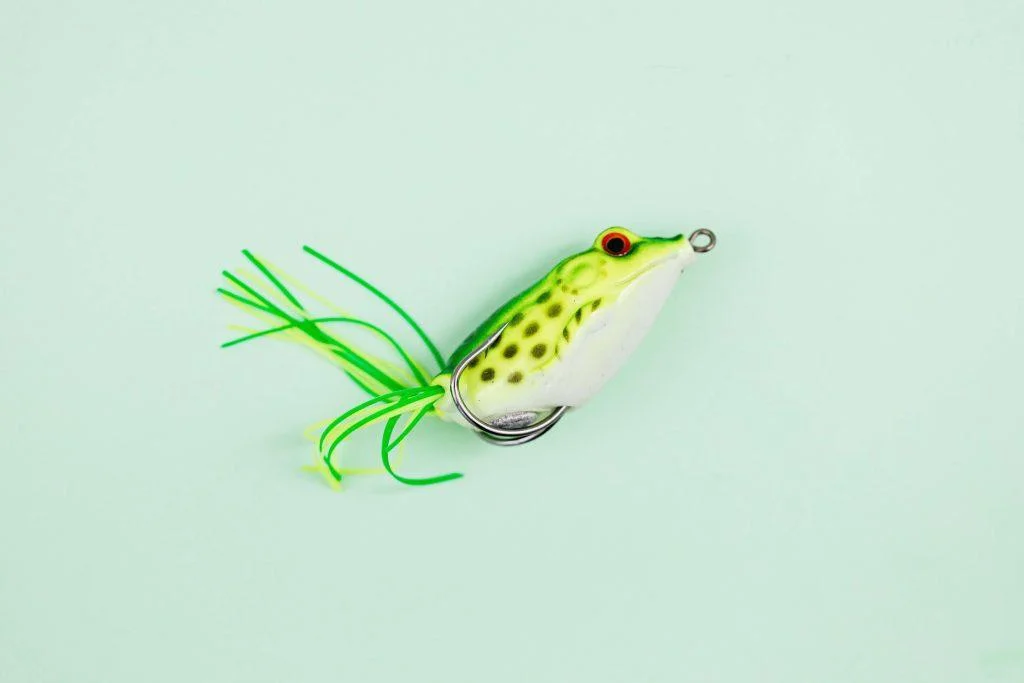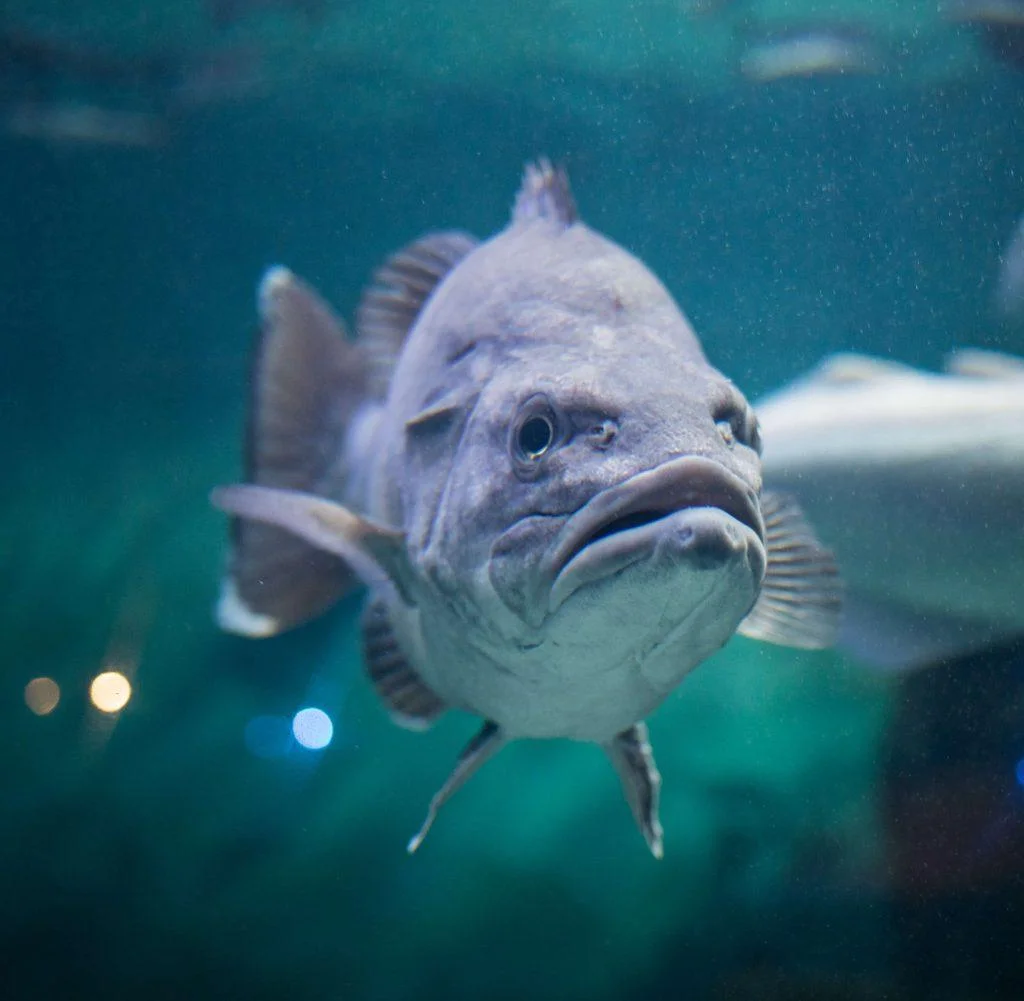
Summer bass fishing should be in your plan if you love fishing and want a fantastic experience. The warm weather is the perfect time to enjoy bass fishing.
Understanding the best techniques, safety precautions, and lures for summer fishing will make it more enjoyable and successful, whether you are an experienced angler or a beginner.
This article will cover the basics of summer bass fishing so you can have a fantastic time on the water.

How to Bass Fishing in the Summer
During the summer, bass tends to move to deeper waters, seeking cooler temperatures. To effectively fish for bass in the summer, you should focus on early mornings and evenings when the water is more relaxed. Use topwater lures, such as poppers and buzz baits, to entice bass near the surface during these times. As the day progresses, switch to diving crankbaits or plastic worms rigged Texas-style to reach more profound bass.

Best Setup for Bass Fishing in Summer
The summer is a great time for bass fishing. Having the right equipment can be the key to catching that elusive fish. You can increase your odds of success by choosing the proper techniques, tackle, and tips to fish for bass in summer, whether you’re a seasoned or an experienced angler.
Choosing the Right Rod and Reel
Rod Action and Length
Opt for a medium to medium-heavy rod with fast action. This provides the sensitivity to detect subtle strikes and the power to handle the fight.
Reel Type
A baitcasting reel is preferred for its accuracy and control, especially when casting lures. However, a spinning reel can be more beginner-friendly and easier to manage.

Selecting the Ideal Fishing Line
Monofilament Line
The Monofilament line is an excellent all-around choice for summer bass fishing. It offers good stretch and forgiveness, reducing the risk of line breakage.
Braided Line
Consider using a braided line as your mainline for heavy cover and increased sensitivity, paired with a fluorocarbon leader for stealth.
Best Lures for Summer Bass Fishing
Plastic Worms
Versatile and practical, plastic worms come in various colors and sizes, mimicking natural prey and enticing bass to strike.
Crankbaits
These lures imitate wounded or fleeing baitfish, making them perfect for quickly covering a lot of water.
Spinnerbaits
Spinnerbaits create vibrations and flashes, attracting bass in murky water or when actively chasing prey.
Jigs
Jigs imitate crawfish, a favorite bass food source, and can be used in different ways to suit various fishing conditions.
Best Bass Lures for Pond Fishing
Pond fishing in summer offers unique challenges and opportunities. When fishing in ponds, use topwater lures like frogs and small poppers in the early morning and late evening. As the day progresses, switch to Texas-rigged plastic worms or swimbaits to target bass hiding near vegetation or structures in the pond.

Best Techniques for Fishing Bass in Summer
Retrieve Speed
The bass may prefer a slower retrieve in summer, especially in hot water. Test out different speeds and check what works the best.
Depth Variation
Bass may hold at different depths throughout the day. Use crankbaits or jigs to explore depths and locate where the bass congregates.
Shady Spots
Look for shaded areas, such as overhanging trees or structures, as bass seek relief from the sun.

Summer Evening Bass Fishing
Fishing in the cool of the evening can be rewarding. Use topwater lures like walking or buzz baits, as bass become more active during this time. Cast near weed edges or drop-offs to increase your chances of a successful evening catch.

Best Baits for Bass Fishing in Summer
Crayfish Imitations
Crayfish is a favorite summer bass food source. Use jigs or creature baits that mimic these creatures to lure bass.

Shad Imitations
Shad are prevalent in many waters and are a primary food source for bass. Swimbaits or crankbaits resembling shad can attract bass effectively.
Valuable Tips
Early Bird Advantage
Fish during the early morning or late evening when the bass is most active and feeding.
Water Temperature
Pay attention to water temperature; bass becomes sluggish in boiling water.
Fish the Shallows
The bass may venture into the shallows early and late evening to feed, providing excellent opportunities for topwater action.
Advantages of Fishing Bass in Summer
Summer bass fishing has several advantages. Longer daylight hours mean more time to fish. The warm weather offers comfortable fishing conditions, and diverse fish species become more active during this season.

Safety Precautions
Stay hydrated
Drink plenty of water during the hot summer months.
Sun Protection
Wear sunglasses, sunscreen, and a wide-brimmed cap to protect yourself from UV rays.
Boat Safety
When fishing from a vessel, ensure all safety equipment is present and follow the navigational guidelines to avoid accidents.
Conclusion
Summer bass fishing offers an exciting and rewarding experience for anglers of all levels. A successful bass fishing experience in summer relies on having the proper setup and employing effective techniques. You can increase your chances of landing that prized bass by choosing the right rod and reel, selecting suitable fishing lines, and using the best baits and lures.
Remember to adjust your fishing approach based on the time of day and water conditions, and be patient as you wait for the rewarding strike of a summer bass.
So grab your gear, head to your favorite fishing spot, and enjoy the thrill of reeling in some impressive bass this summer!
FAQs
Q. What is the best setup for beginners?
A. For beginners, a medium-action spinning rod and reel combo with a monofilament line is a user-friendly choice for versatility and ease of use.
Q. What baits work best for summer bass fishing?
A. Topwater lures, plastic worms, and crankbaits are highly effective for summer bass fishing.
Q. Should I use a braided line or a monofilament line?
A. It depends on your fishing style and preferences. The braided line offers increased sensitivity and strength, while the monofilament line provides forgiveness and stretch.
Q. Where should I fish for bass in the summer?
A. Target shallow areas during early mornings and evenings and move to deeper waters as the day progresses and temperatures rise.
Q. What should I do if the bass is not biting?
A. If the bass is not biting, change your baits or lures, vary your retrieve speed, or move to different fishing spots to find active fish.


Very interesting and informative post.
Thank you so much for your comment. We hope you’ll gain much more knowledge from our articles.